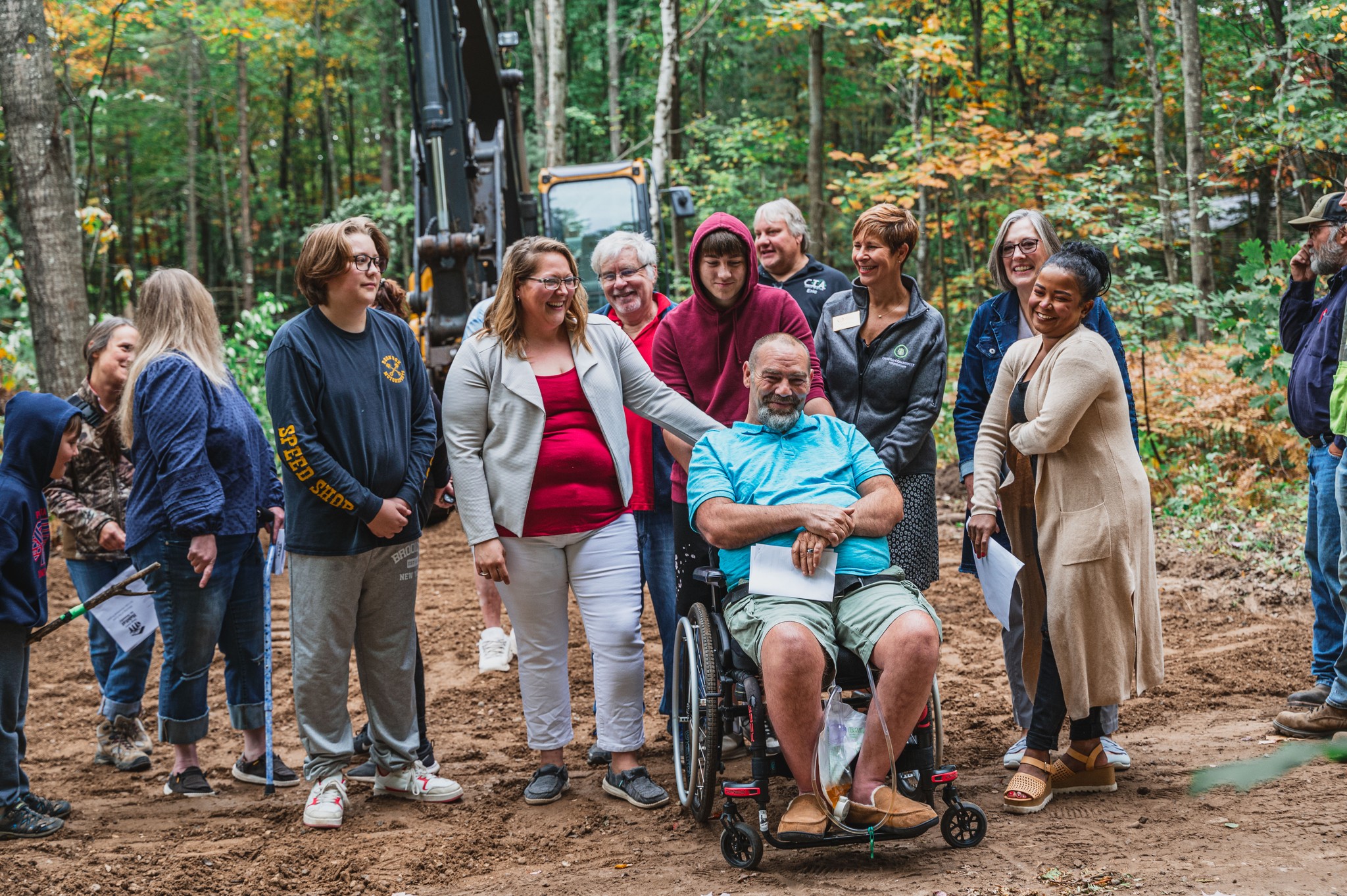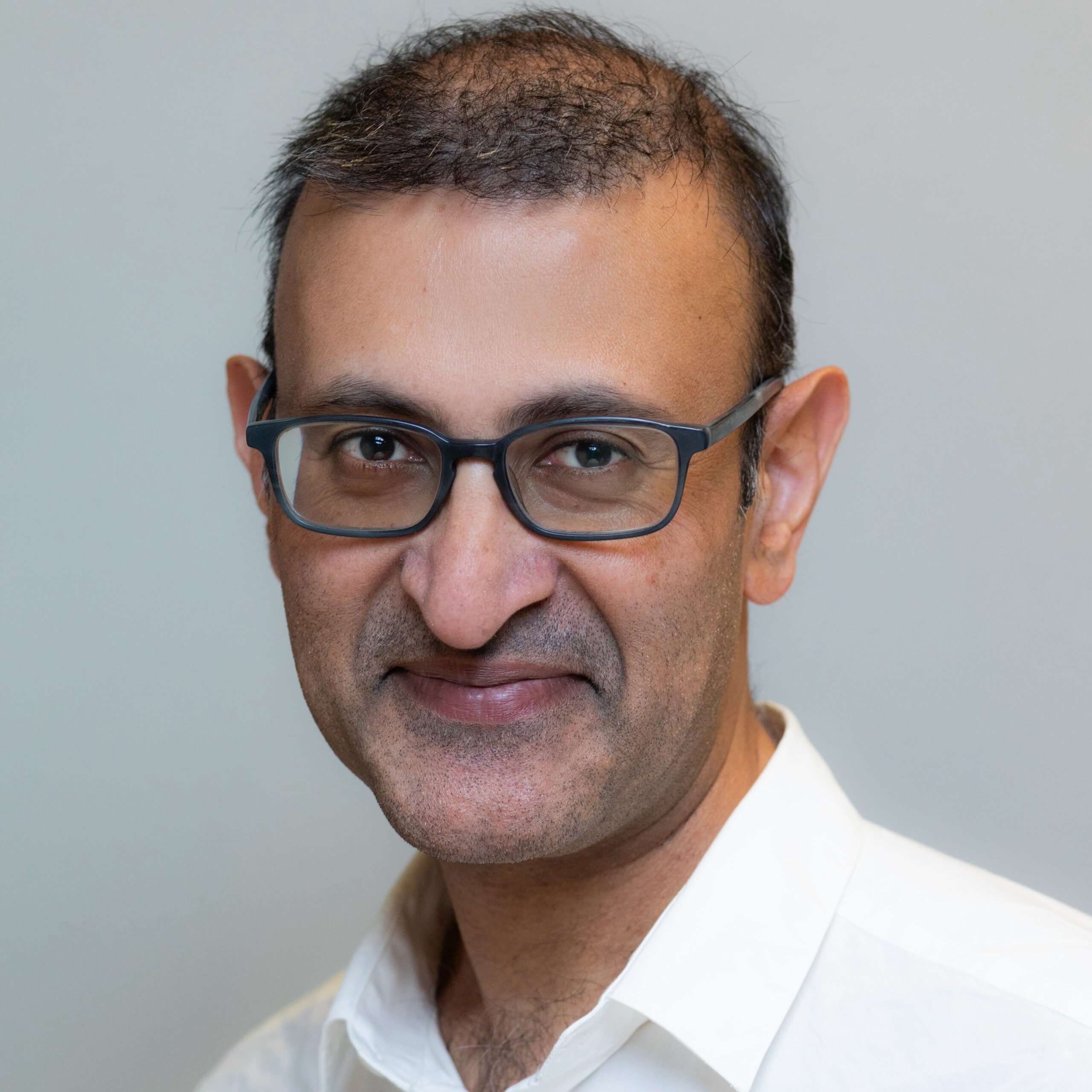Behind the curtain: What philanthropic intermediaries do with grantee feedback

As a philanthropic intermediary, the Center for Disaster Philanthropy occupies a unique position – educating and advising funders, pooling and distributing resources, and working closely with grantee partners to advance equitable disaster recovery. Recently, we engaged in CDP’s second Grantee Perception Report (GPR) through the Center for Effective Philanthropy (CEP), continuing our efforts to strengthen those partnerships and improve our practices.
As someone who joined CDP after being both a grant recipient (in 2020) and an unsuccessful applicant (in 2022), I understand firsthand the complexities and inherent power dynamics of grantmaking. From this dual perspective, I approached the 2024 GPR process with a mix of healthy skepticism and cautious optimism. I wondered: What more could we learn? How might that learning help us evolve further?
What we discovered through the survey and CEP’s comparative analysis has been both humbling and galvanizing. I hope it inspires other donors and intermediaries to embark on their own learning journeys in service of their missions.
A learning organization
CDP’s staff and board are committed to continuous learning and reflection. We are deeply grateful to our grantee partners for their candid, thoughtful feedback. Their input affirmed areas where we are succeeding and illuminated opportunities for improvement for a more profound impact.
Below are several key takeaways from the GPR that we want to highlight:
- Clear impact, even as an intermediary. CEP remarked that we had “continued strengths in external impact coupled with enhanced understanding.” This was especially meaningful given our role as an intermediary, where measuring field-level impact can be more nuanced. The feedback underscores the strength of the relationships we strive to cultivate and our commitment to learning alongside our partners.
- Recognized sector leadership. Survey comments reflected high regard for CDP’s leadership in disaster philanthropy. Grantee partners described CDP as “a renowned leader in disaster recovery operations” and praised our contributions to setting “a high standard for disaster preparedness, resilience and response.” They also highlighted the value of the research, data and tools we provide – resources that support informed, long-term approaches to disaster relief.
- Strong, trust-based grantee relationships. CEP described CDP’s relationship with grantee partners as “positive,” supported by “meaningful patterns of contact.” This feedback affirms the dedication of our fund management team and their ongoing efforts to center grantee partners’ experiences, communicate with care and maintain transparency throughout the grantmaking process.
- Improved selection and reporting processes. The GPR also noted “marked improvements in perceptions of CDP’s selection and reporting processes.” This reflects our intentional work to streamline our application and reporting requirements, particularly following the investments made in 2022 to make these systems more accessible, less burdensome and more equitable.
Our ongoing commitment
At CDP, we recognize that equity-focused philanthropy requires ongoing effort and reflection. We continue to invest in building staff capacity and dedicate time to cultivating strong relationships, especially with smaller or historically under-resourced organizations. We know that meaningful partnership requires not only financial support but also a willingness to listen, adapt and respond.
Looking ahead, we are sharpening our focus on capacity strengthening, peer learning and network building. These areas go beyond traditional grantmaking – we offer our partners tools and relationships to help sustain their work long after our funding ends.
We are also committed to increasing the flexibility of our grant funds while honoring the trust placed in us by our donors. This balance is essential to our mission: ensuring communities have the resources, autonomy and knowledge to recover from disasters with dignity and resilience.
We encourage our peers in philanthropy – particularly other philanthropy-serving organizations and intermediary funders – to engage in similar learning and feedback processes. Transparency and accountability not only improve our individual organizations but also strengthen our collective impact. If helpful, our team stands at the ready to share more about what we’ve learned from this process and how it’s shaping our work.
You can access the full Grantee Perception Survey report here.
